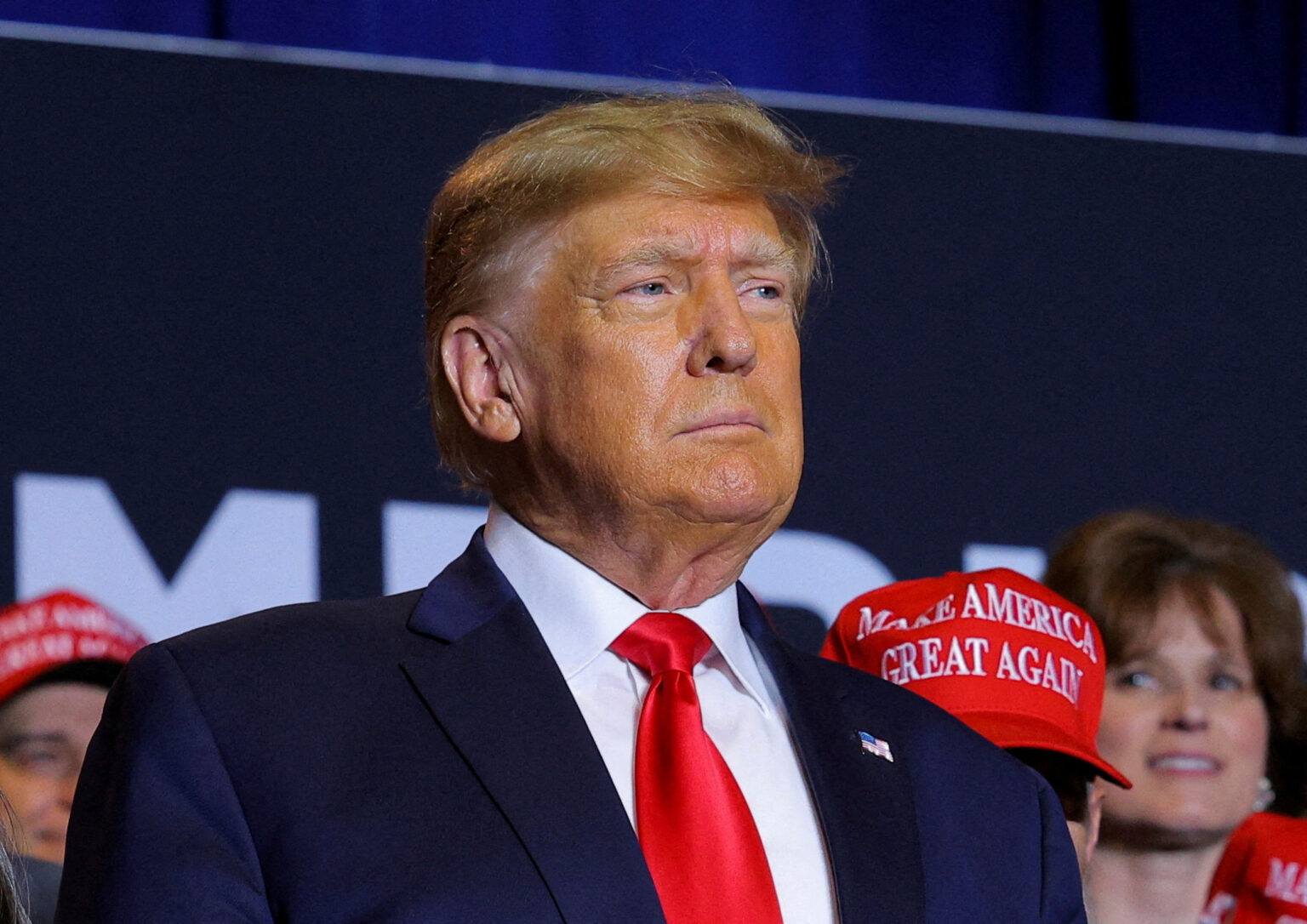As President Donald Trump promises “Liberation Day” for the American economy on April 2nd, many U.S. businesses say the reality feels more like a hostage situation.
That’s the date Trump has vowed to introduce a sweeping new round of global tariffs, which he claims will free American industry from unfair foreign competition. But for most business owners, manufacturers, and trade experts, the uncertainty surrounding the administration’s plans is stifling investment, clouding forecasts, and increasing the risk of economic slowdown.
“Liberation” is proving expensive.
Tariff Confusion Creates Corporate Paralysis
Initially billed as “reciprocal tariffs” aimed at countries that overcharge U.S. exporters, Trump’s messaging has since veered—from promises of leniency to threats of further levies. Most recently, he announced a 25% tariff on imported cars starting April 3rd, with duties on car parts to follow—measures that could wreak havoc on U.S. automakers reliant on cross-border supply chains.
The result: confusion across the economy.
Federal Reserve Chair Jerome Powell recently described “remarkably high” levels of uncertainty. “I don’t know anyone who has a lot of confidence in their forecast,” he said on March 19th. Businesses from FedEx to Delta Airlines have cited tariff turmoil as a key drag on their operations, warning of slowing demand and reduced confidence.
The Chill Spreads Beyond Manufacturing
According to FactSet, over half of S&P 500 companies referenced tariffs in recent earnings calls—the highest level in over a decade. Trade-policy uncertainty is now at its highest since the 1970s, according to a Federal Reserve index based on economic coverage.
The impact is spreading well beyond heavy industry. Retailers, too, are feeling the freeze.
“We can’t finalize supply deals, can’t price product lines, and certainly can’t open new stores,” said David French of the National Retail Federation. “We don’t know what the rules will be on April 2nd—or April 3rd.”
A Patchy Exemption, and a “Holy Mess”
While goods compliant with the USMCA trade pact are technically exempt, the practical hurdles are steep. Canadian oil firms must now trace crude back to its wellhead, while medical-device makers face complex origin rules. “This isn’t just uncertainty,” said John Murphy of the U.S. Chamber of Commerce. “It’s a holy mess.”
Companies are holding off on major investment decisions. Construction projects, retail expansions, even routine sourcing arrangements are on hold until Trump’s tariff landscape becomes clearer.
White House Claims Victory—Business Isn’t Buying It
Trump has pointed to recent announcements by Apple, TSMC, and Hyundai as proof that tariffs are luring investment. But many of these projects pre-date his administration or were already in development. And for every high-profile win, there are quieter losses: surveys from Federal Reserve banks in New York and Philadelphia show a sharp deterioration in manufacturers’ six-month outlooks.
The president, however, remains defiant. “Money is pouring in,” he said at a March 24th press event with Hyundai executives. “And we want to keep it that way.”
April 2nd: Clarity or Escalation?
With less than a week to go, no one really knows what April 2nd will bring. Leaks suggest Trump may target 15 key trading partners—including the EU, India, and Vietnam—rather than enforcing blanket tariffs. But past surprises have taught businesses not to take early reports at face value.
The risk of escalation is real. Earlier in March, Canada retaliated with a tariff package of its own. If Trump pushes ahead, more retaliatory measures from trade partners are likely.
Trump has also floated sector-specific tariffs on pharmaceuticals, semiconductors, and electronics—raising fears of a broader trade war.
Legal Fragility and Recession Risks
Much of Trump’s tariff strategy hinges on emergency powers, which require a national security justification. Critics say these justifications—such as citing drug trafficking in trade disputes with Mexico and Canada—are increasingly flimsy. Legal experts warn that new tariffs, especially those tied to old investigations, are vulnerable to court challenges.
Meanwhile, recession warnings are flashing. S&P Global Ratings pegs the probability of a U.S. recession within the next 12 months at 25%, factoring in the growing economic impact of Trump’s trade agenda.
“The president’s threats may not cause a recession outright,” said one Wall Street strategist, “but they’re turning an uncertain economy into an unpredictable one.”
For now, April 2nd is less a “liberation day” than a looming deadline wrapped in red tape. While Trump hopes to reassert American leverage through tariffs, he’s doing so at the cost of clarity, confidence, and capital investment.
With business leaders frozen, markets jittery, and allies wary, the question remains: How much disruption is too much before the costs outweigh the message?



